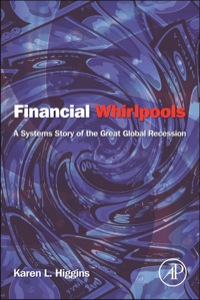Question
Question 1 Not yet answered Points out of 1 Flag question Question text A U.S. Treasury Bill pays to the holder a one-time payment of
Question 1
Not yet answered
Points out of 1
Flag question
Question text
A U.S. Treasury Bill pays to the holder a one-time payment of $10,000 in 13 weeks. Which of the following comes closest to the price of this bill if the required rate of return is 5%?
Select one:
a. $9,902.43
b. $9,878.77
c. $9,855.39
d. $9,950.62
e. $9,926.38
Question 2
Not yet answered
Points out of 1
Flag question
Question text
A bond that was first issued exactly two years ago today and now has 15 years till maturity has a coupon rate of 7.5% and returns the face value of $1,000 at maturity. Now, two years later, the yield to maturity on the bond is 6.75%. Which of the following comes closest to the price of the bond?
Select one:
a. $1,043
b. $975
c. $1,000
d. $1,069
e. $1,015
Question 3
Not yet answered
Points out of 1
Flag question
Question text
Troy is interested in buying a particular stock whose current dividend is $1.35, and whose dividend is expected to increase at a rate of 5% per year for two years, and then at 2.5% per year thereafter forever. Which of the following comes closest to an estimate of the price per share of the stock if the required rate of return is 13.40%.
Select one:
a. $40.50
b. $15.34
c. $16.88
d. $17.03
e. $13.29
Question 4
Not yet answered
Points out of 1
Flag question
Question text
You are trying to price two bonds that have the same maturity and par value but different coupon rates. Both bonds mature in 8 years and at maturity both bonds return the par value of $1,000. Bond A has a coupon rate of 3% and a yield to maturity of 3%. Bond B has a coupon rate of 5% and a yield to maturity of 6%. Which of the following is true of the prices of these bonds?
Select one:
a. Bond A's price is greater than Bond B's price by approximately $32
b. Bond A's price is greater than Bond B's price by approximately $62
c. Bond B's price is greater than Bond A's price by approximately $25
d. Bond B's price is greater than Bond A's price by approximately $50
e. The prices of both bonds are approximately the same
Question 5
Not yet answered
Points out of 1
Flag question
Question text
Which of the following comes closest to the value of a perpetuity that pays to the holder the amount of $100 beginning at the end of year 5 and then continues forever (in year 6, year 7, and so on without ever stopping). Use a required rate of return of 2%?
Select one:
a. $5,000
b. $4,619
c. $2,962
d. $2,137
e. $1,645
Step by Step Solution
There are 3 Steps involved in it
Step: 1

Get Instant Access to Expert-Tailored Solutions
See step-by-step solutions with expert insights and AI powered tools for academic success
Step: 2

Step: 3

Ace Your Homework with AI
Get the answers you need in no time with our AI-driven, step-by-step assistance
Get Started


